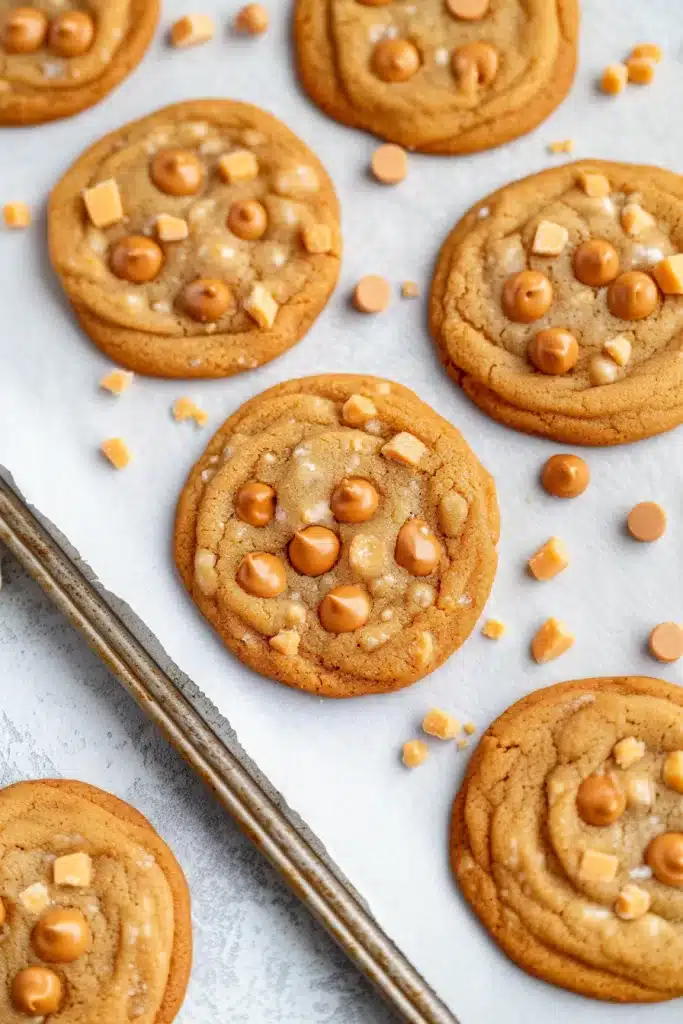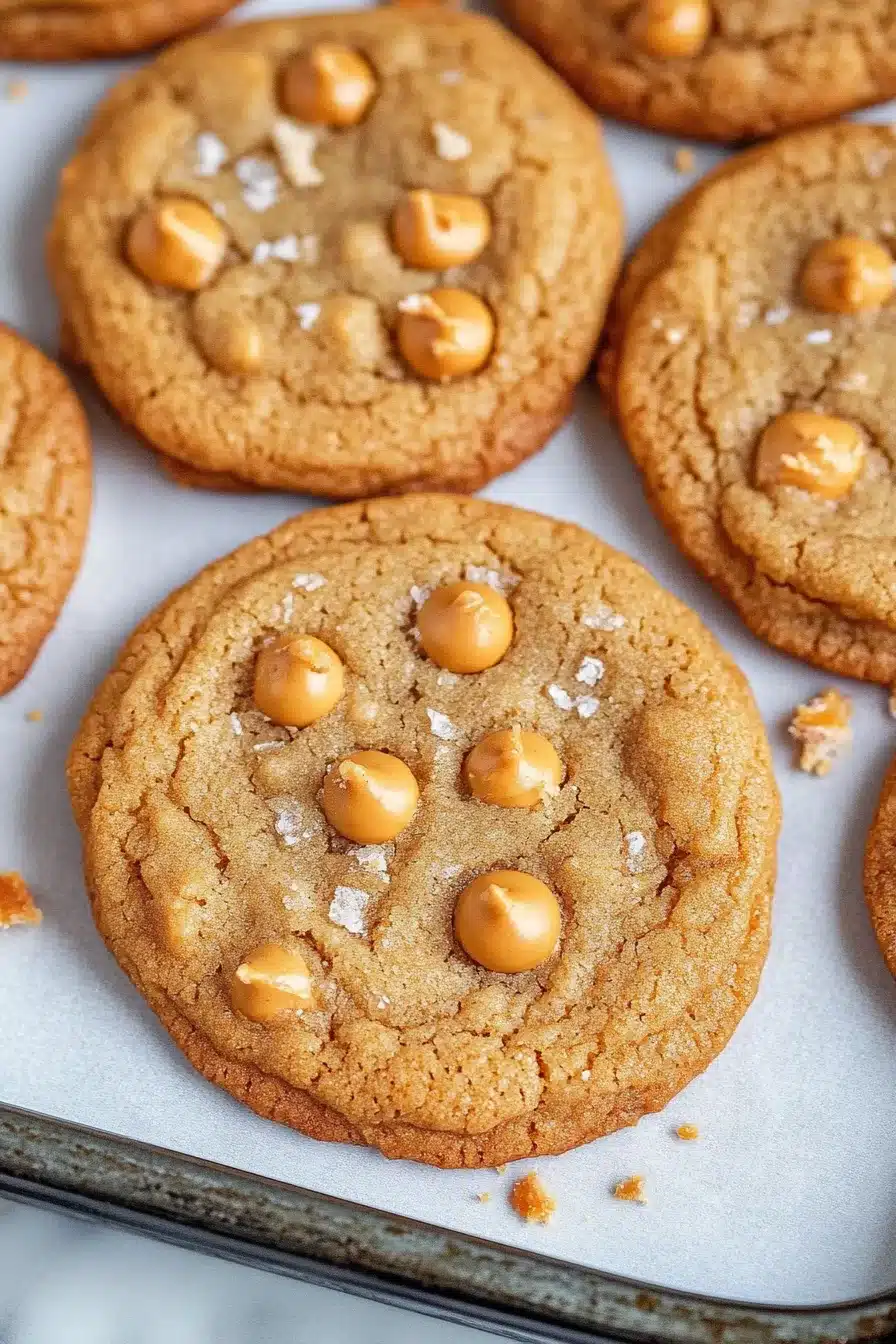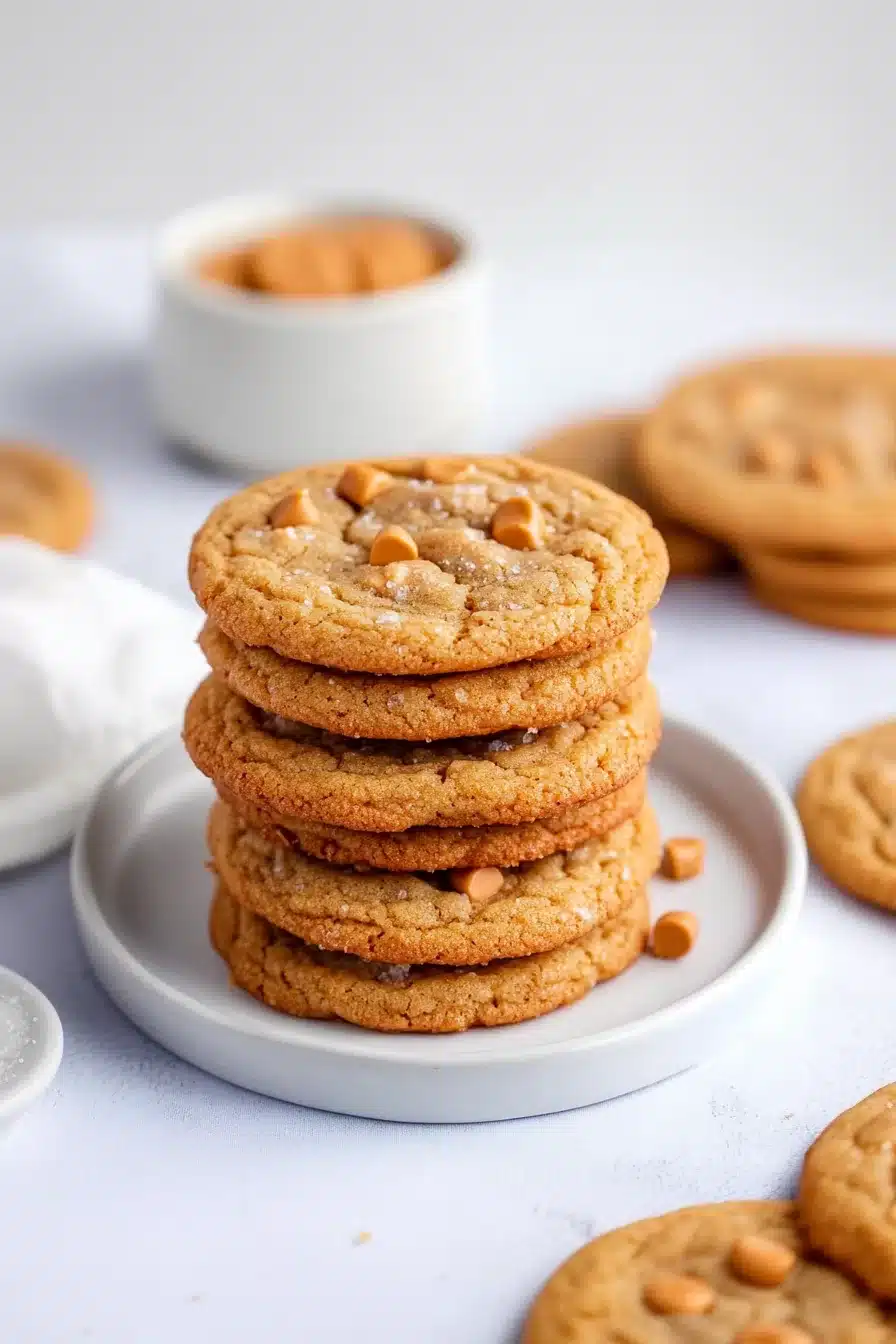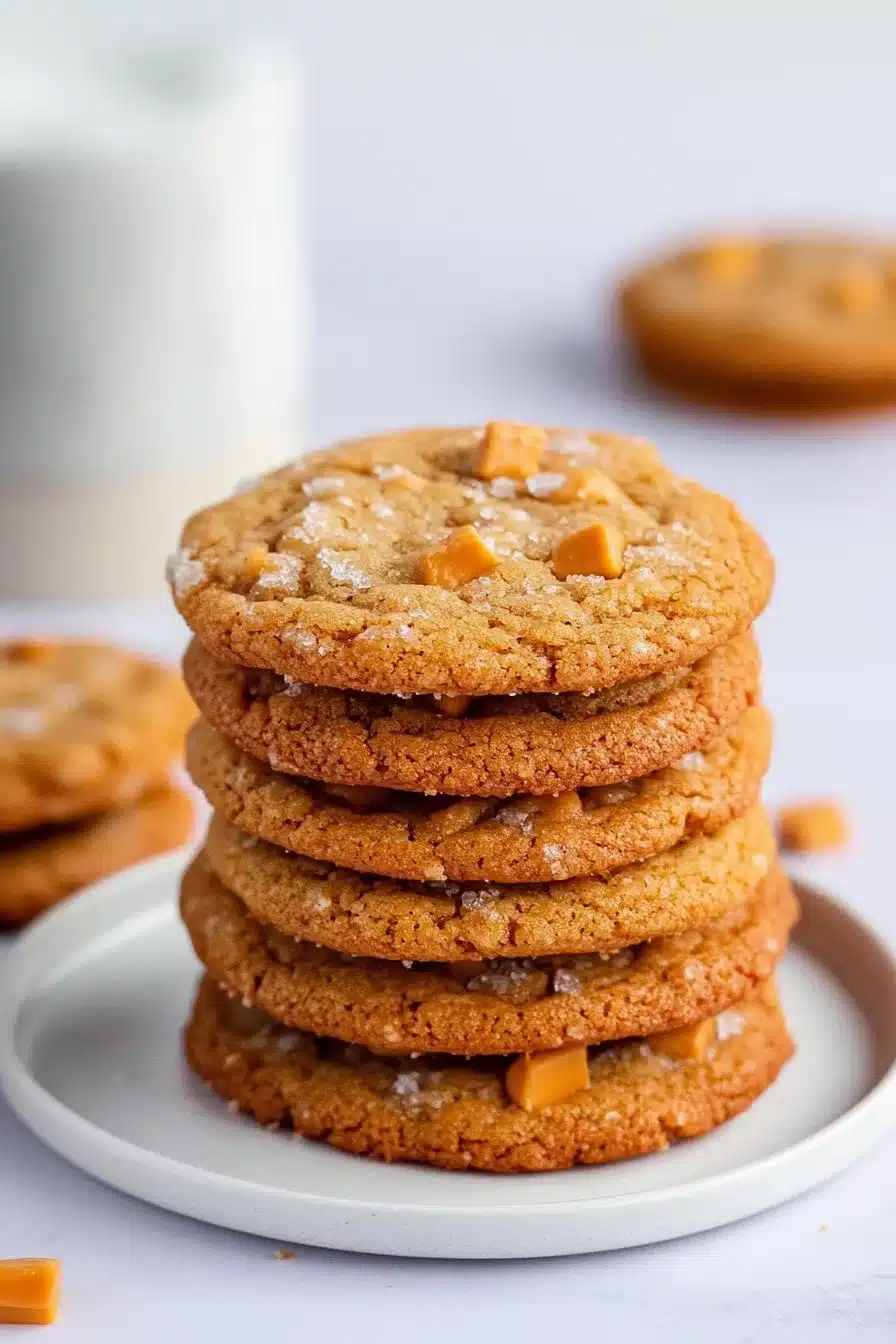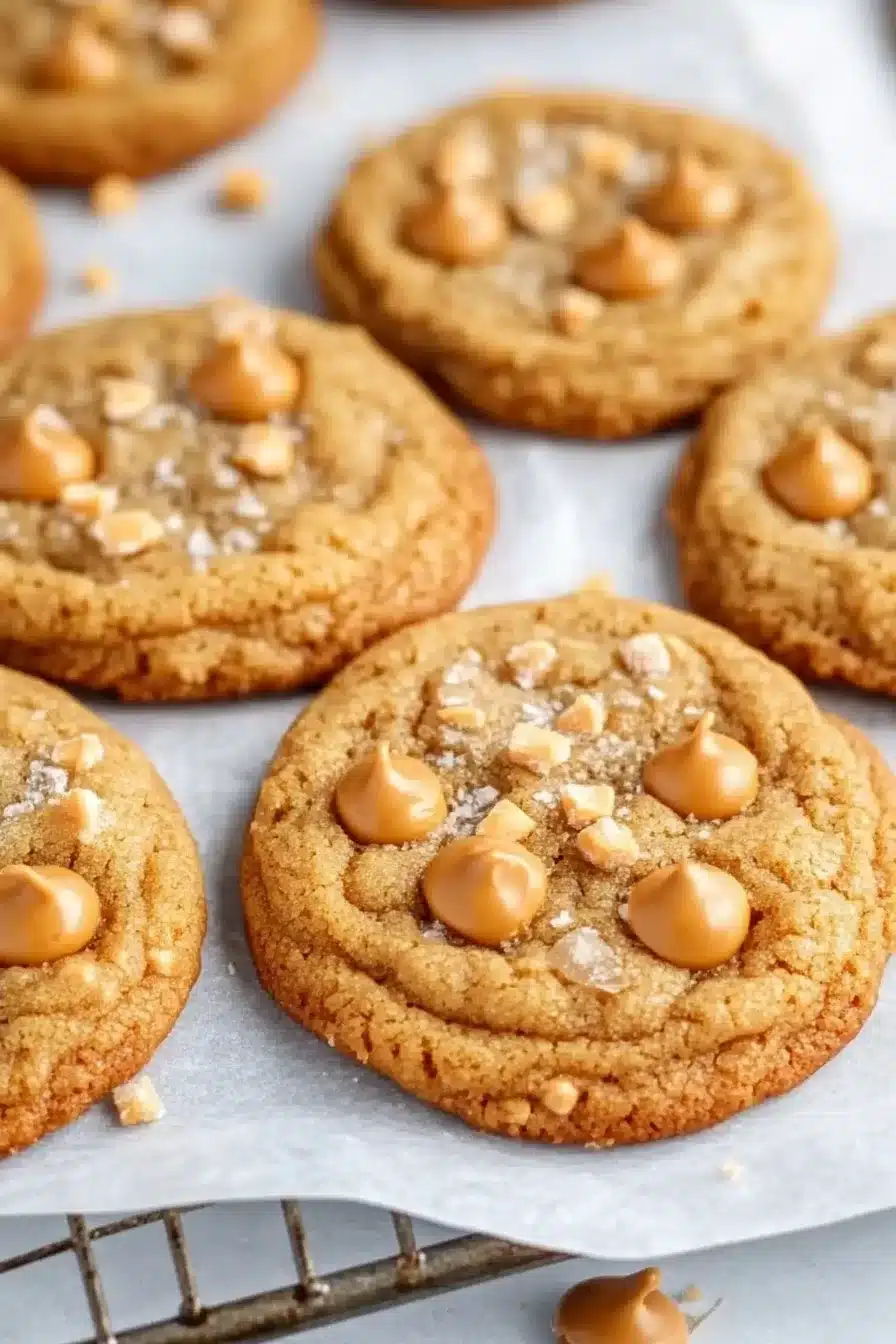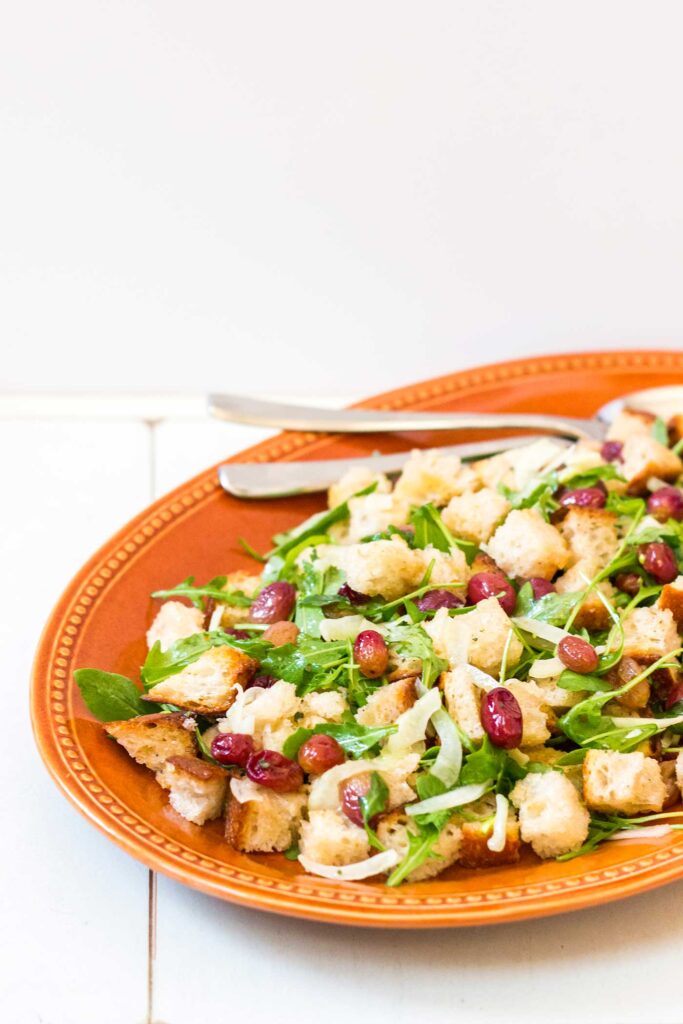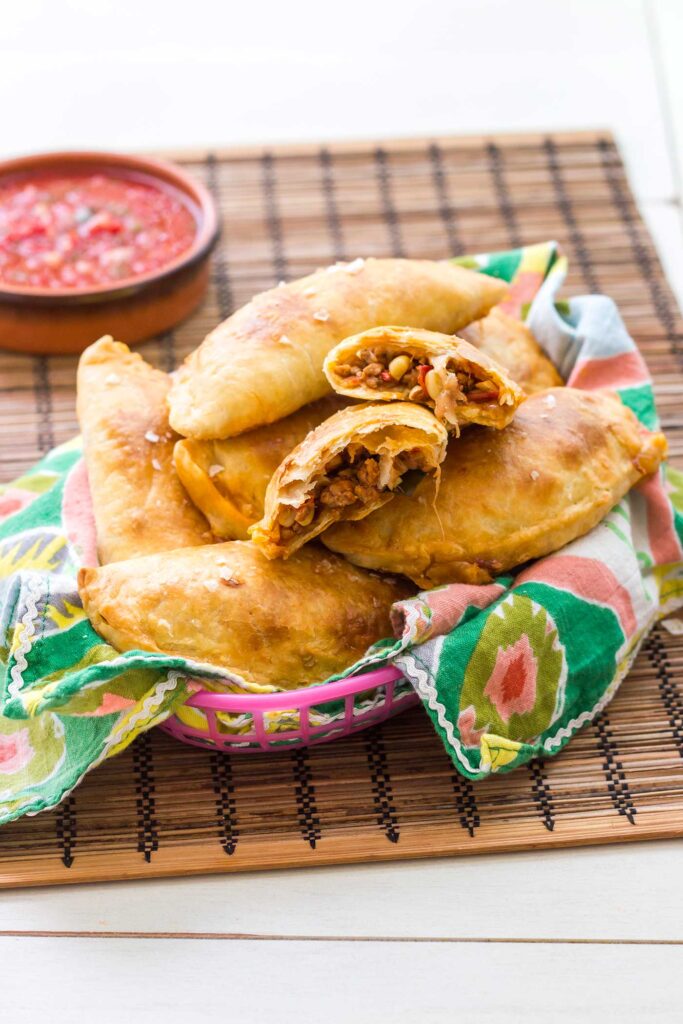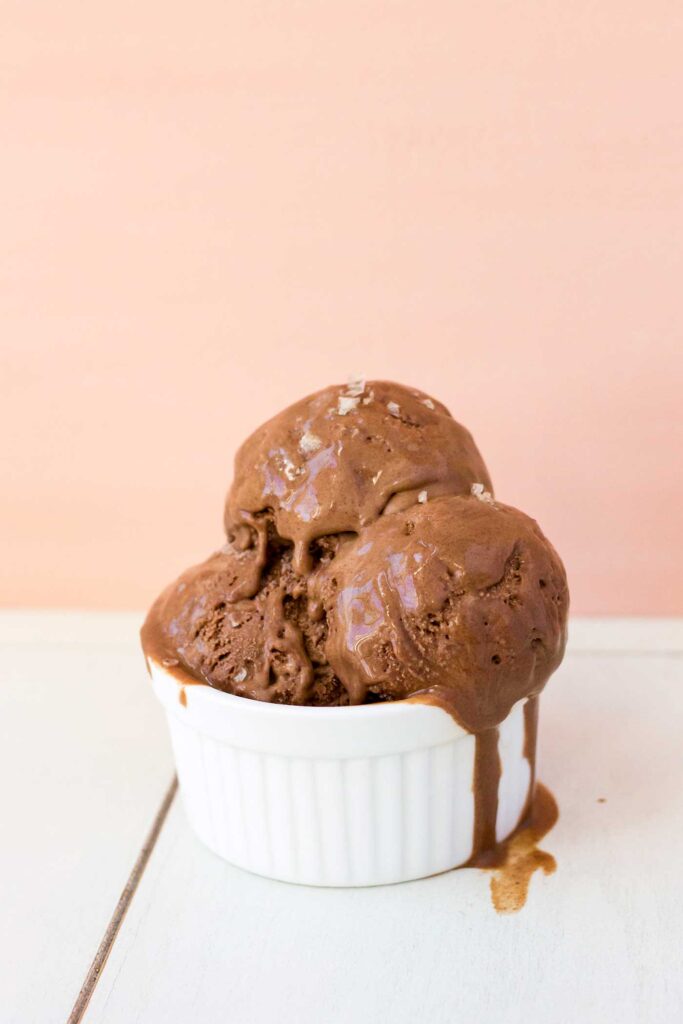
Golden, chewy, and studded with warm, caramel-y richness, these butterscotch cookies bring together soft butter, sweet brown sugar, and butterscotch chips. The smell alone will make your whole kitchen feel like a cozy sweater. Sprinkle of flaky sea salt on top? That’s the moment these cookies go from “yum” to “okay wait, give me another one.”
We’re diving headfirst into caramel-y comfort with this butterscotch cookies recipe, and let me tell you, it’s all about that chewy-meets-crispy edge and little pools of melted butterscotch. You’ll beat a little, mix a little, resist the urge to eat all the dough, and then bask in the smell of cookies baking like your kitchen’s suddenly a bakery. These cookies are just as at home in a lunchbox as they are on your “I need something sweet and salty at 9 p.m.” plate.
Table of Contents

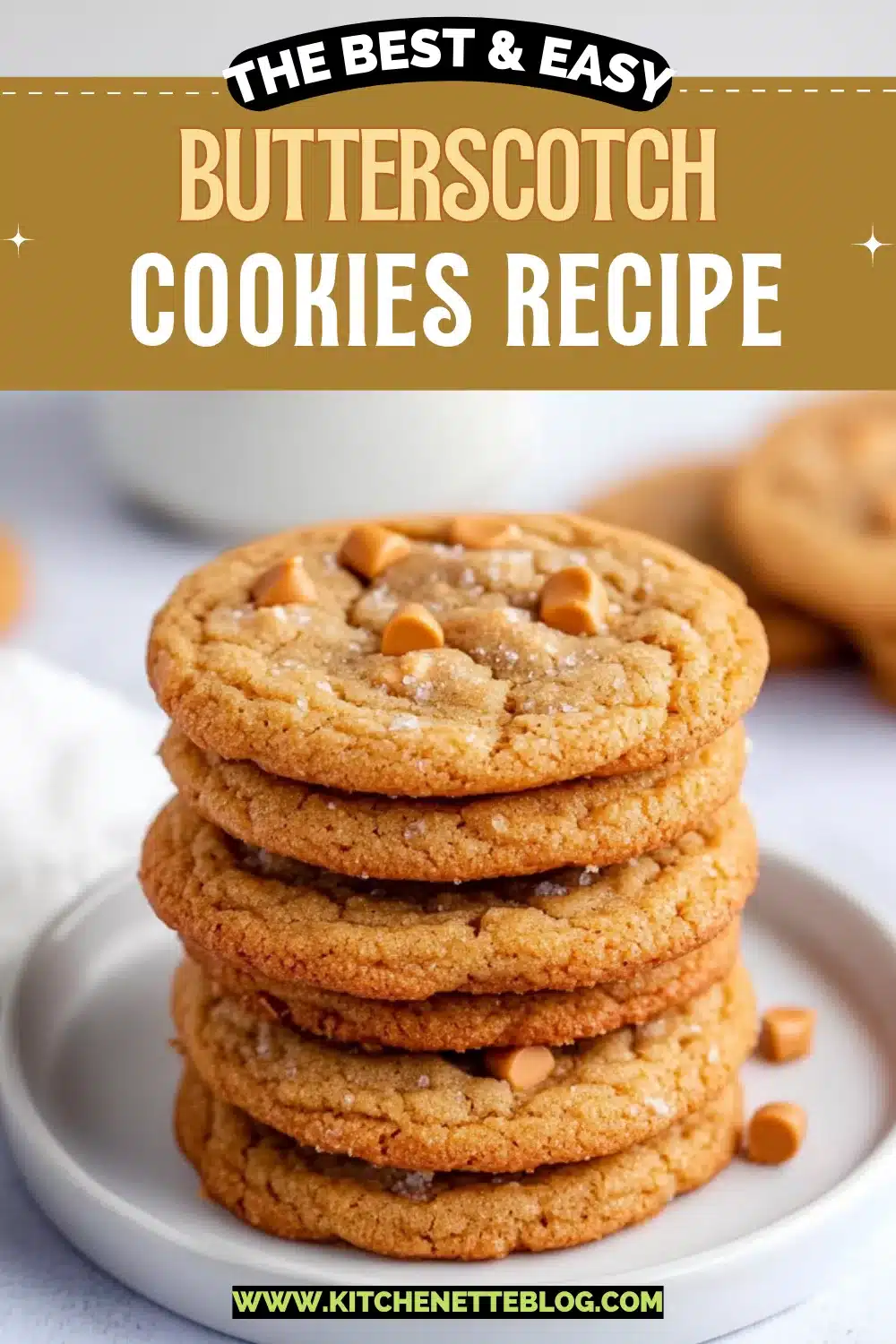

Don’t let this one slip away — pin it now and thank yourself later!
Don’t let this one slip away — pin it now and thank yourself later!
Why You’ll Love this Butterscotch Cookies Recipe
Sometimes you just need a cookie that tastes like comfort without demanding much back. These deliver.
- Ridiculously simple to make: You barely need to think—just your basic mix, scoop, and bake situation.
- Chewy centers, crisp edges: Like the dream cookie texture we all chase. These hit that sweet spot.
- Butterscotch chips galore: Melt into gooey little pockets of joy throughout the dough.
- Touch of salt on top: That flaky sea salt cuts the sweetness and makes the flavors pop in the best way.
- Pantry-friendly magic: If you’ve got butter and sugar, you’re halfway there.
- Perfect with… anything: Coffee, milk, Netflix, post-dinner cravings—you get the idea.
Ingredient Notes
You probably have most of these ingredients staring at you from your pantry right now. Just don’t skip the sea salt, trust me.
- All-purpose flour: This gives the cookies structure so they don’t puddle out into sugary chaos.
- Baking soda: Adds that slight puff and helps with the soft-middle texture.
- Salt: Essential for balance, especially when things get as sweet as butterscotch.
- Butter: Use the real stuff and let it soften on the counter first. Your mixer (and your cookies) will thank you.
- Granulated sugar: Sweetens and helps the cookies hold their shape.
- Brown sugar: Adds chewiness and caramel notes. Light or dark both work, but I lean light here.
- Vanilla extract: It sneaks in that cozy aroma and ties the whole dough together.
- Eggs: Bind everything and add rich texture. Room temp is best; they mix more smoothly.
- Butterscotch chips: These little golden bits melt into soft, sweet pockets. Use good-quality ones if you can.
- Flaky sea salt: Not to be all “chef-y” about it, but the contrast here is golden.
How To Make This Butterscotch Cookies Recipe
Okay, let’s go cookie-mode. This dough comes together pretty painlessly, even if you forgot to soften the butter (microwave trick incoming).
-
Prep your oven and pans: Preheat to 375°F and line your cookie sheet with parchment paper so nothing sticks. If you’re out of parchment, a silicone mat works too.
-
Sift the dry stuff: In a medium bowl, sift the flour, baking soda, and salt together. Not glamorous, but this step helps things stay light and evenly mixed.
-
Cream butter and sugars: Beat the softened butter with both types of sugar on medium speed until light and fluffy. This should take 5 to 7 minutes—yes, really. Your arm mixer might grumble, but fluffy butter means soft cookies.
-
Add eggs and vanilla: Mix in the vanilla, then the eggs one at a time. Beat well after each so everything gets cozy and emulsified.
-
Bring it together: Slowly add the dry ingredients. Mix just until combined—don’t over-beat or the cookies might go tough on you. Stir in the butterscotch chips with a spatula (and maybe sneak a few nibbles).
-
Scoop and space: Drop tablespoon-sized blobs of dough onto your lined baking sheet, leaving about 2 inches between them. These cookies like to spread.
-
Bake and salt: Bake for 8 to 10 minutes until the edges look set but the centers still feel soft. Sprinkle with flaky sea salt right when they come out—don’t skip this part.
-
Cool just a bit: Let them sit on the baking sheet for 10 minutes so they can set up. Then transfer (or just eat them warm, no judgment).
Storage Options
Alright, let’s talk cookie control. If you, like me, occasionally make a “test batch” and somehow eat five at once, here’s how to keep the rest fresh.
On the counter, store cooled cookies in an airtight container. They’ll stay soft and chewy for about 3–4 days. Add a slice of bread to the container if you want to preserve that chewy texture—it seriously works.
Wanna stock up for future cravings? Freeze the baked cookies in a single layer on a tray first, then stash them in a zip-top bag. They’ll keep for a solid month or two. Reheat in a low oven (300°F for 5 minutes) to bring back the gooey magic.
If you’d rather bake them fresh as needed, freeze the dough balls raw. No thawing needed—just bake straight from the freezer and add a minute or so to the bake time.
You can also check out our cornflake cookies recipe if you’re building a freezer-ready cookie stash.
Variations and Substitutions
Switching things up keeps the cookie game interesting. Whether you’re out of something or just in the mood for a remix, here are some fun changes.
- Chocolate chips: Sub in half (or all) of the butterscotch chips with dark chocolate for a bittersweet-salty combo.
- Toasted nuts: Chopped pecans or walnuts add crunch and tone down the richness a little. Toast them first for flavor boost.
- Gluten-free flour: Use your preferred cup-for-cup blend. Just keep an eye on texture—they may spread less or more.
- Brown butter: If you’ve got a few extra minutes, brown the butter first and let it cool. Hello, nutty depth.
- Swap the sugar ratio: More brown sugar, less white sugar? Go for it. You’ll get even more chew and caramel flavor.
- Dried fruit bits: I know, controversial—but tiny chopped dates or dried apricot pieces play surprisingly well with butterscotch.
What to Serve with Butterscotch Cookies Recipe
These cookies are pretty social—even though they can totally hold center stage solo, they love a good pairing.
-
Strong coffee: Black, milky, sweet, iced—doesn’t matter. The sweetness of the cookie meets bitterness from the coffee and just sings. Bonus points for dunking.
-
Vanilla ice cream sandwich: Sandwich a scoop between two slightly warm cookies. It’s sticky, messy, and totally worth needing a spoon halfway through.
-
Crushed over pudding: Sprinkle broken cookie pieces over banana pudding or your favorite creamy dessert. Actually, this reminds me—if you end up with extras, here’s how to freeze banana pudding so nothing goes to waste.
-
With a glass of cold milk: It’s classic for a reason. That sip-sweet-sip rhythm gets me every time.
-
After something salty: Taco casserole for dinner? Cookies for dessert. Trust me, they go great after something like this taco casserole oven recipe.
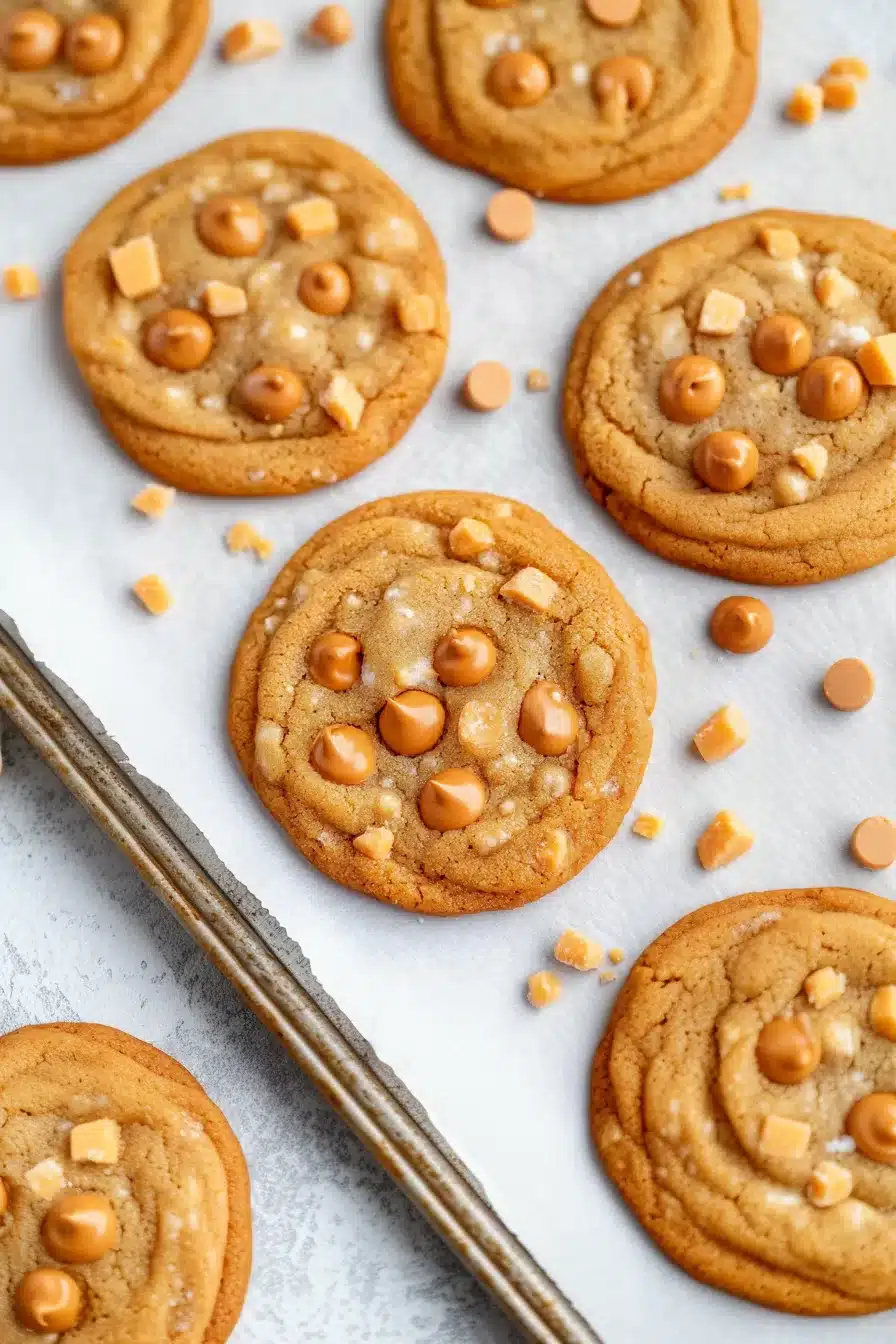

Don’t let this one slip away — pin it now and thank yourself later!
Don’t let this one slip away — pin it now and thank yourself later!
Frequently Asked Questions
Can I make the dough ahead of time?
Absolutely! You can whip up the dough and chill it for up to 3 days in the fridge. Just make sure it’s wrapped tightly or stored in an airtight container. When you’re ready, let it sit for a few minutes at room temp so it’s easier to scoop. You can also freeze pre-scooped balls for longer storage, which is a sneaky-smart move for spontaneous cookie cravings.
Why are my cookies too flat or spreading too much?
Usually it’s one of two things: your butter was too soft (or even melted) going in, or your flour amount was a bit low. Make sure you’re measuring flour correctly (spoon and level!) and that your butter is softened but not slick and oily. If the dough feels too loose, chill it for 20 minutes and try again.
Can I use margarine instead of butter?
Technically, you can—but I don’t fully recommend it unless it’s your only option. Margarine has more water and less fat, which can make the cookies thinner and softer (in a kind of sad way). If you must use it, try baking a test cookie first and maybe reduce the baking time a touch.
Are butterscotch chips the same as caramel chips?
Nope, they’re cousins but not twins. Butterscotch chips are made with brown sugar and butter flavor, while caramel chips often include milk or cream and are a bit softer. They taste different too! Stick with butterscotch for that classic flavor, though caramel could work in a pinch if you’re feeling adventurous.
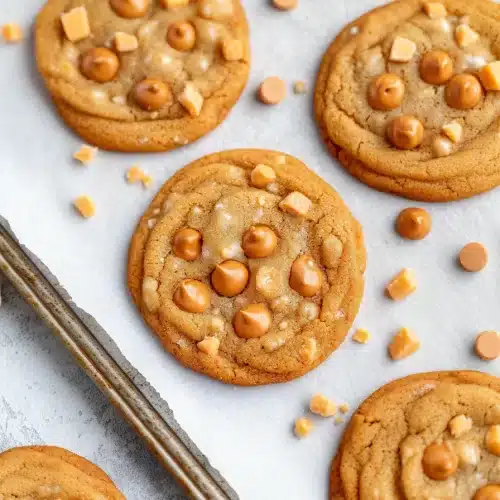
Butterscotch Cookies
Ingredients
- 2 1/4 cups (280 g) all-purpose flour sifted
- 1 tsp (5 g) baking soda
- 1/2 tsp (3 g) salt
- 1 cup (226 g) unsalted butter softened
- 3/4 cup (150 g) granulated sugar
- 3/4 cup (165 g) light brown sugar packed
- 2 large eggs room temperature
- 2 tsp (10 ml) vanilla extract
- 1 1/2 cups (255 g) butterscotch chips
- flaky sea salt for sprinkling on top
Equipment
- Baking sheet
- Parchment Paper or Silicone Mat
- Mixing bowls
- Electric mixer
- Spatula
- Cookie Scoop or Spoon
Instructions
- Preheat your oven to 375°F (190°C) and line a baking sheet with parchment paper or a silicone baking mat.
- In a medium bowl, sift together the flour, baking soda, and salt. Set aside.
- In a large mixing bowl, beat the softened butter, granulated sugar, and brown sugar on medium speed until light and fluffy (about 5 to 7 minutes).
- Mix in the vanilla extract, then add eggs one at a time, beating well after each addition.
- Gradually add the dry ingredients to the wet ingredients, mixing just until combined. Do not over-mix.
- Fold in the butterscotch chips gently using a spatula.
- Drop tablespoon-sized scoops of dough onto the prepared baking sheet, leaving about 2 inches between each cookie.
- Bake for 8 to 10 minutes, or until the edges are set and lightly golden but centers remain soft.
- Immediately sprinkle each cookie with flaky sea salt after removing from the oven.
- Allow cookies to cool on the baking sheet for 10 minutes before transferring to a wire rack (or enjoy warm!).

